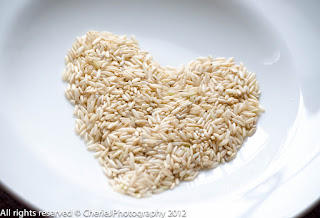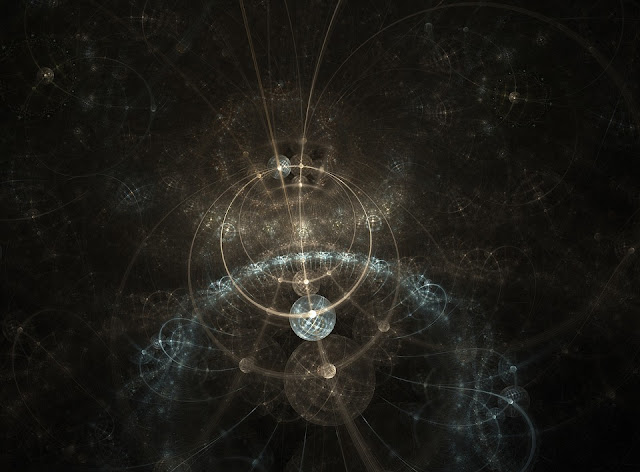How enthusiastic are you about
putting a small rubber cup in your vagina to collect your menstrual blood?
If your answer is not “Extremely
Enthusiastic!!” then I invite you to reconsider, because menstrual cups are
amazing and, I believe, the way of the future.
I started using a menstrual cup
about a year ago. I was in Ojai, California, when I got my period for the first
time in almost five years. I hadn’t so much as blinked at a tampon since before
college, but something about leaving NYC and having lots of sex in the Joshua
Tree desert apparently jumpstarted my lady parts, so there I was living out of
a car, leaking blood and totally unprepared.
After my initial “OH GOD IT’S
MURDER DOWN THERE” reaction, I ceded to my boyfriend’s suggestion that I get a
Diva Cup. It sounded weird and awful, but he had a lot of weird ideas that
turned out well so I went with it.
A lot of women are squeamish
about menstrual cups when they first hear about them. I definitely was.
Yes, the cups are awkward to
get in and out.
Yes, using one requires you to
be a bit more intimate with your menstrual blood.
And I recommend them to anyone.
I jump at the chance to talk about them to anyone who will listen, because I
really believe they can improve women’s lives and make the world a better
place.
1. Budget. The Diva Cup costs like $40 at
Whole Foods or $30 on Amazon. And then you’re done. No more buying boxes of
tampons or pads. You can stop complaining about the stupid “luxury item” tax on
women’s health products. (It is real stupid though.)
If you go through a box
of tampons every two cycles, you’re probably going to spend like $80 on
them every year.
2. Environment. Tampons and pads are
packaged in tons of plastic. All that stuff is just going to the landfill.
3. Vagina health. Did you know that most
tampons and pads are laced
with dangerous chemicals? Chlorine bleach, pesticides, polyethylene,
polypropylene, propylene glycol, etc. These
are chemicals with serious, proven risks
to your health.
You don’t want that in your yoni!! It is your sacred ever-expanding
temple of bliss! It is a portal to the highest source of reality, embedded in
your body! It absorbs stuff directly into your bloodstream! Don’t put chemicals
there!!!
4. No leaking. If it fits right! I’ve used
the classic Diva Cup and a Mexican version that I got in Guadalajara, which leaked all the time and was much less comfortable to get in.
(Sorry Mexico, I still love you.) But the Diva basically never leaks, even if I
leave it in all day.
5. Feeding your plants. Menstrual blood is
an incredibly potent substance, filled with nutrients and vital energy. (It was
going to grow a baby, right?) Instead of throwing it out, collect it in your
cup, pour it on a plant and watch it grow. J
6. Love your blood. Who said we have to be
grossed out by menstrual blood? Why is the stuff of life, the materialization
of creative power, something we should be ashamed of?
It’s no secret that our society has a problem with female power. The
system of Western Christian/post-Christian capitalism runs on fear and
suppression of feminine energy and sexuality. It looks so open and progressive,
but scratch the surface and it’s the same old Puritan prudishness.
Women are either virgins or whores. There’s not much space for the
Goddess when corporations are hijacking sexuality to sell stuff.
Anyway, this whole capitalist machine is telling women that we have to be
ashamed of our bodies. We’re only acceptable if we fit into a neat little box
with a pretty pink bow around it. Our feminine power has to be shut down,
ignored, kept in the dark.
I’m calling bullshit. Love your body. Love your blood. Love Shakti in
your body. Love Shakti in the rhythms of the world, the pulsing of the moon and
the seasons, the swinging hips of elephants, the bliss of skin bathing in
sunlight.
Look closely at your blood. Meditate on it. Watch the changing colors and
textures, different every day as your cycle waxes and wanes.
Bless the liquid in your little cup, and never be afraid.
Cup tips
When I got my first menstrual
cup in Ojai, I spent probably half an hour in the bathroom, trying to get the
thing in.
I don’t know what I was
expecting but it was much larger and firmer than I had in mind. Usually that’s
a nice surprise when you’re about to put something in your vagina, but I’m not
going to lie, putting the cup in for the first time is tough.
You have to kind of fold it and
(very important!!) relax your muscles to let it slide in and pop open. The
instruction diagrams actually make it seem more complicated than it is.
Once it’s in, you can kind of
squeeze it or squat and hug your knees to get it to sit right.
It feels weird going in and out
but once it’s settled you really don’t feel anything!
There’s definitely a learning
curve though. Getting it out also takes some practice. It’s some combination of
pushing, pulling it back and forth to break the suction and relaxing enough so
you can pull it straight out. Be prepared for some blood spillage the first few
times.
There are a lot of menstrual
cups on the market now. TheSweethome.com has a nice review of
different ones for different vagina shapes.
After your cycle, sterilize the
cup in boiling water for 5-10 minutes. Don’t use soap!
So that’s the menstruation cup.
You can get one at most health food stores, Whole Foods or online. And now, a
poem from Yeshe Tsogyal:
The Supreme Being is the Dakini Queen of the Lake of
Awareness!
I have vanished into fields of lotus-light, the plenum of dynamic space,
To be born in the inner sanctum of an immaculate lotus;
Do not despair, have faith!
When you have withdrawn attachment to this rocky defile,
This barbaric Tibet, full of war and strife,
Abandon unnecessary activity and rely on solitude.
Practice energy control, purify your psychic nerves and seed-essence,
And cultivate mahamudra and Dsokchen.
The Supreme Being is the Dakini Queen of the Lake of Awareness!
Attaining humility, through Guru Pema Jungne's compassion I followed him,
And now I have finally gone into his presence;
Do not despair, but pray!
When you see your karmic body as vulnerable as a bubble,
Realising the truth of impermanence, and that in death you are helpless,
Disabuse yourself of fantasies of eternity,
Make your life a practice of sadhana,
And cultivate the experience that takes you to the place where Ati ends.
I have vanished into fields of lotus-light, the plenum of dynamic space,
To be born in the inner sanctum of an immaculate lotus;
Do not despair, have faith!
When you have withdrawn attachment to this rocky defile,
This barbaric Tibet, full of war and strife,
Abandon unnecessary activity and rely on solitude.
Practice energy control, purify your psychic nerves and seed-essence,
And cultivate mahamudra and Dsokchen.
The Supreme Being is the Dakini Queen of the Lake of Awareness!
Attaining humility, through Guru Pema Jungne's compassion I followed him,
And now I have finally gone into his presence;
Do not despair, but pray!
When you see your karmic body as vulnerable as a bubble,
Realising the truth of impermanence, and that in death you are helpless,
Disabuse yourself of fantasies of eternity,
Make your life a practice of sadhana,
And cultivate the experience that takes you to the place where Ati ends.






